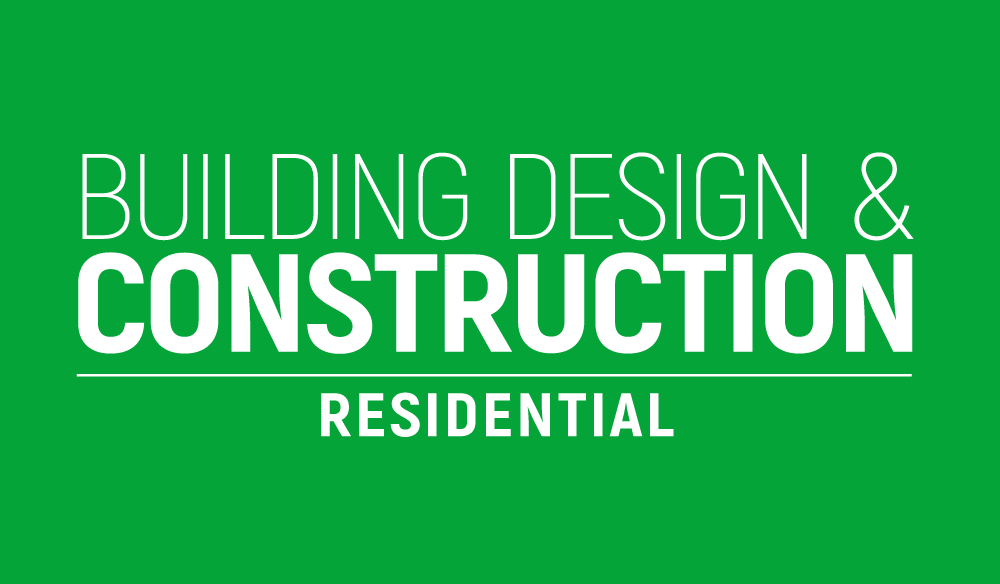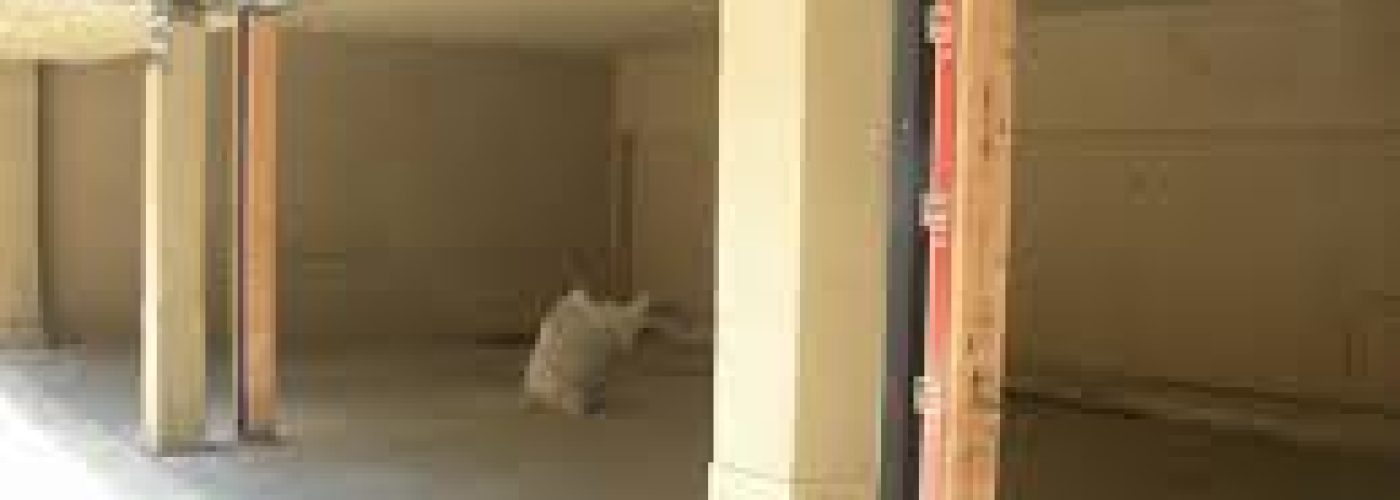Population-dense communities, such as Los Angeles and San Francisco, remain at risk of a major earthquake because of their location on the joint between tectonic plates. The San Andreas Fault has remained a potential disaster area for centuries and result in persistent small earthquakes.
State and Local Governments in California and other earthquake-prone areas have embarked on a soft story retrofit program designed to protect multi-story buildings. Understanding the importance of retrofitting a soft tory structure is the first step towards making a property safe for its inhabitants.
What is a Soft Story?
Structure Magazine points back to the 1989 earthquake in the Bay Area as the point when concern over soft-story structures began. The city is made up of wood-framed buildings that include numerous garages, lobbies, and open-plan spaces. When the 1989 earthquake struck the Bay Area, San Francisco officials believes the relative strength of its wood-framed structures would protect against the excessive shaking. The reality of the earthquake was much different, with the expensive marina area of the city seeing large-scale damage because of the garages positioned below living areas.
Parking garages located underneath homes allowed the base of the property to become unstable during an earthquake. The problem was not limited to expensive properties in the San Francisco Marina area but included multi-family dwellings with a lobby or parking beneath. The concern among state and local construction experts was the inability of structures to withstand the excessive shaking of an earthquake. Soft story structures tend to be unstable because they lack lateral support across open spaces on the lower floors. If a soft story is not retrofit to help it withstand the shaking of an earthquake, it is in danger of collapse.
Start with an Inspection
Asoft story retrofit is completed to the standards laid down by city and state officials. The use of published standards makes it easier for a specialist construction company to ensure they meet the exacting demands of their customer and the building code. A property owner concerned about the long-term stability of their home or office space should start with an inspection by a seismic specialist. A specialist will be able to complete a survey of the property and determine whether the structure meets local structural codes. A property 9in need of a retrofit will be passed into the hands of designers and construction specialists in seismic retrofitting.
The Available Options
City and State building codes provide options about the best ways of retrofitting a soft story structure. There are several options open to a property owner and their design team for adding strength to soft story’s when earthquake damage is a risk. Several of the recommendations from local building codes are unsightly and unwanted by property owners. The unsightly options include boarding up picture windows and adding exterior braces for more support during an earthquake. The unsightly nature of exterior braces has led to several innovations in design, including the use of a steel frame within soft story’s. Seismic retrofit experts have discovered there are several simple ways of improving the strength of a structure, including the use of plywood in place of the drywall sheets on the interior of a property.
What Type of Buildings are at Risk?
A common mistake among property owners is to believe only multi-family homes are at risk of problems caused by soft-story structures. The San Francisco Department of Building Inspection reports there are several commercial spaces with the potential for collapse or major damage should an earthquake strike. Restaurants and office spaces are at particular risk because of their open-plan design that limits the use of strengthening walls and beams when constructed.
The buildings most at risk include those constructed before the change in city building codes of 1978. Wooden frame structures classed as type V are classed as the highest risk, with structures including a basement extending above ground level also at risk of collapse.
Does a Retrofit Make a Building Earthquake-Proof?
For decades, architects and structural engineers have been working to create earthquake-proof buildings. The ability to make a soft-story structure completely earthquake-proof is not with us yet. Using the latest technology, retrofitting a structure will protect it from the long-term damage of the past. Soft-story buildings are required by the building codes of San Francisco and Los Angeles to be at least 80-percent as strong as the floors above following a retrofit. The building code updates of the last decades have helped limit damage and collapse for property owners when an earthquake strikes.
The use of a soft story retrofit is required by the building codes of densely populated cities in earthquake-prone areas of the U.S. After completing a retrofit, the property owner will feel confident their property is capable of withstanding an earthquake. Without a retrofit, property owners could face legal problems following the next earthquake to strike some regions.





